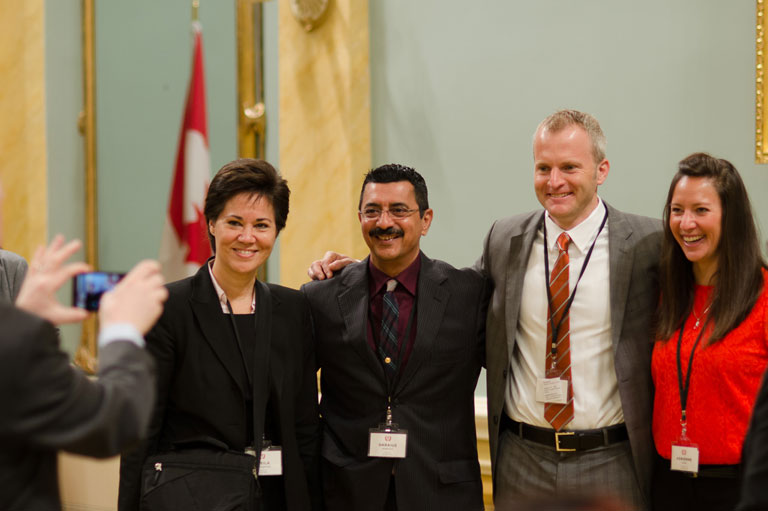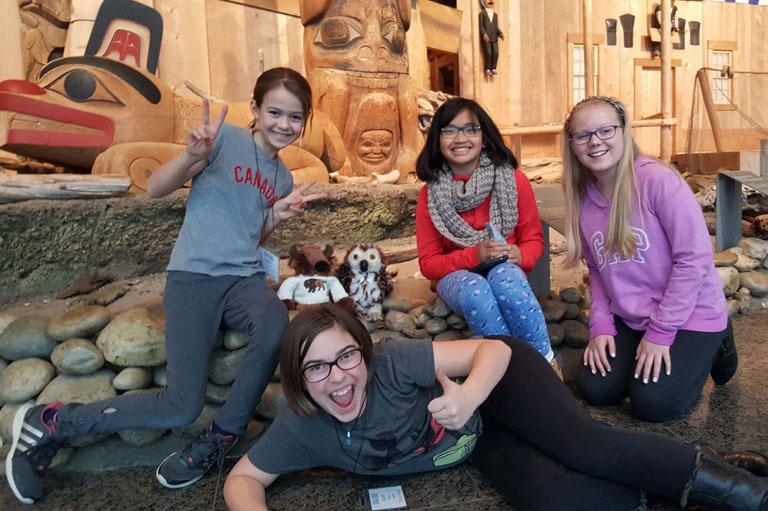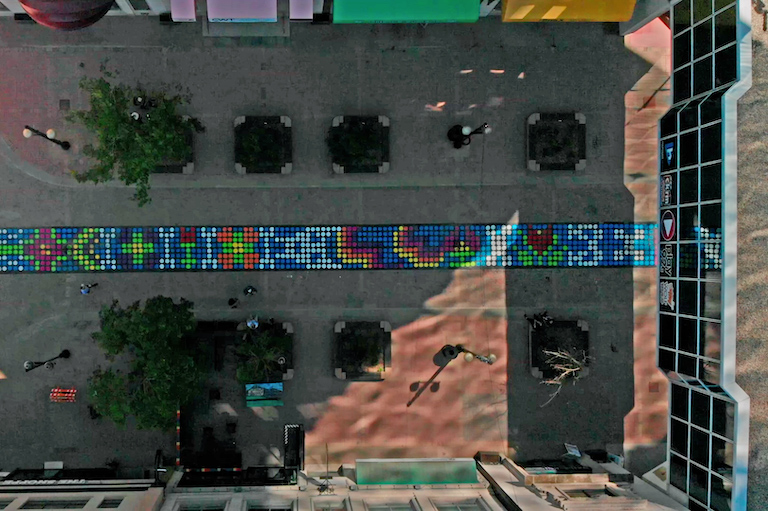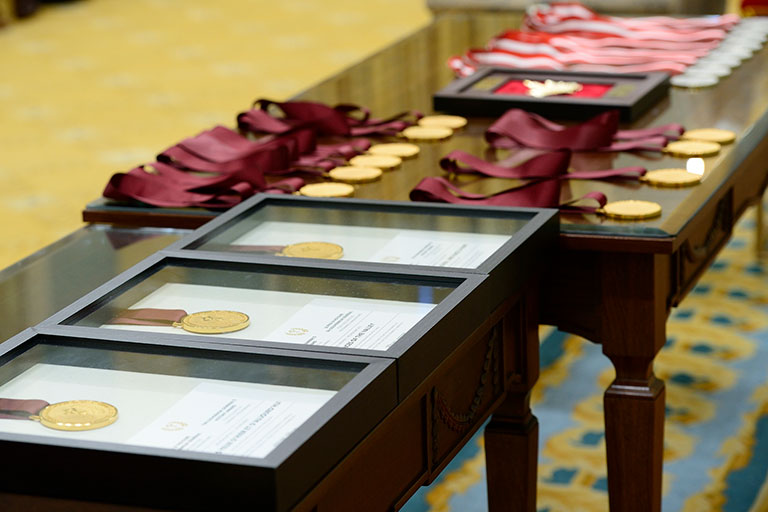Discover a wealth of interesting, entertaining and informative stories in each issue, delivered to you six times per year.
Designing the 21st Century Classroom

Adrienne Chong and Mark Melnyk’s history classes have no textbooks, no conventional note-taking, and no test except the final exam. Students research topics on the Internet, create concept maps on Google Docs to organize their thoughts, and are graded on projects like debates and simulations.
This unconventional approach to teaching needs an unconventional classroom, so Chong and Melnyk — who jointly won the 2004 Governor General’s History Award for Excellence in Teaching for a previous classroom design — are rethinking their students’ learning space once again. Their new design strives to keep up with the dynamism of mobile technologies and new thinking on how environment affects learning.
“We looked at the Google offices. In every room, almost every wall is either whiteboard or glass board. They collaborate on every space. Every employee has sit down/ stand up desks,” said Melnyk.
“They have a communal space for lunch and they have an area that is full of couches, a massive collaborating area,” added Chong. “They basically say: Yeah, have lunch. Some of the greatest ideas come from conversation when we’re eating together.”
With the participation of their students, Chong and Melnyk have designed three different classrooms. In the first, the majority of students work at standing stations. There are two standing whiteboard tables and glass boards across the back of the room where students can collaborate on ideas. There is also cafe-style seating for comfortable brainstorming. The second classroom has both sitting and standing learning centres, set up for small group seminars with a computer monitor at each centre. The third is a room that can be booked by other classes, containing glass boards for collaborative activities and a mix of sitting and standing work spaces, including features like couches and beanbag chairs.
One of the great strengths of the project was getting the students involved in the redesign.
“They did the research on colours, types of tables, standing tables, plant walls. We’re ensuring that they’re part of the process,” Chong said. “We want their voices there, we want their voices giving us feedback. And we, as teachers, know we have to change how we deliver lessons based on the space that has now been recreated.”





